- 2 402 202 книги
libcats.org


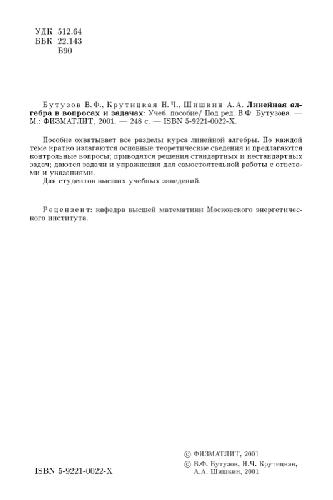

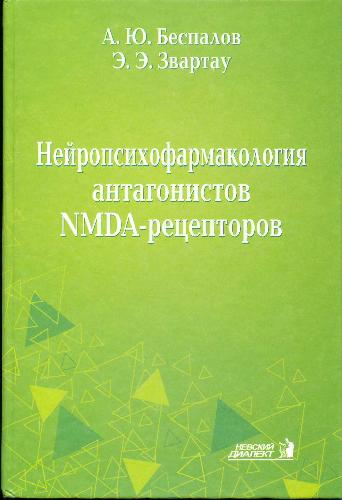
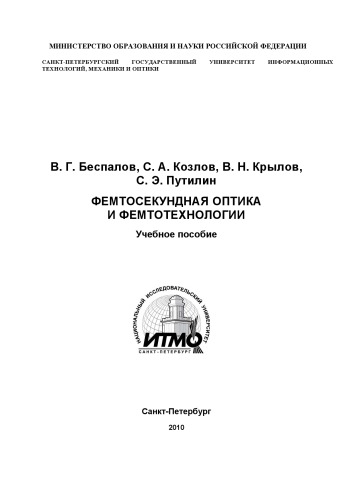

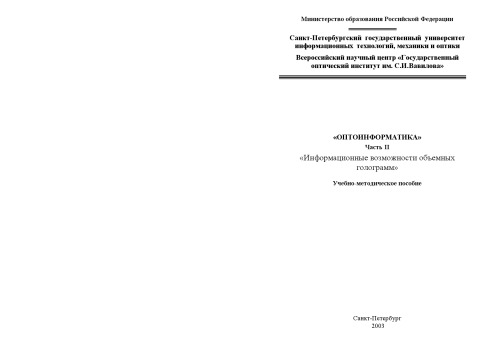
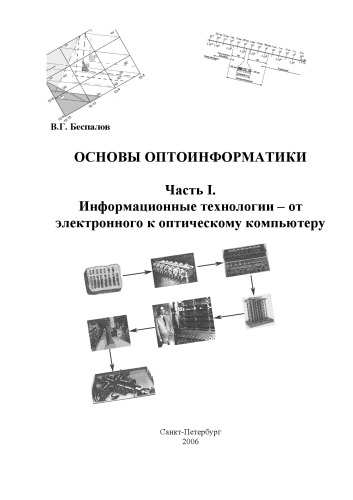
Главная →
The Mechanics of Modernity in Europe and East Asia: Institutional Origins of Social Change and Stagnation
The Mechanics of Modernity in Europe and East Asia: Institutional Origins of Social Change and Stagnation
Erik RingmarOne of the most controversial issues nowadays on long-term and comparative history is why Western countries have dominated the world during the last few centuries. Basically, there are two different approaches dealing with the European understanding of the world: i) that stressing European exceptionalism (see e.g., David Landes's "The Wealth and Poverty of Nations"); and ii) another current insisting that contingency and structural constraints are the key variables (see, e.g. Kenneth Pomeranz's "The Great Divergence").
I have read several books on the matter so when I found this book (or, better to say, its 2007 twin brother -same book, different title- "Why Europe Was First: Social Change and Economic Growth in Europe and East Asia, 1500-2050") I decided it to give it a chance, in despite of not finding previous comments on it.
I think that Ringmar's book contributes to strengthen the second approach. Pursuant to him, it is possible to think of social change as taking place in three analytically separable steps.
The first step is that of reflection: this is where the potentialities that exist in the world first are discovered and explored. Everything else equal, the more the world is reflected on, the more potentiality will be discovered.
The second step is that of entrepreneurial activity: this is where reflection ends and action begins, people embarking on new projects and on more or less well-conceived attempts to make a difference.
The third step is pluralism: nothing accomplished by reflection and entrepreneurship will last unless society is tolerant to pluralism, i.e., the co-existence of different, perhaps contradictory projects, entities, beliefs and ways of life.
And he concludes that, for sustained development to be possible, change must be institutionalized: what makes modern societies modern is the fact that institutions are in charge of the three steps that make change possible: change which in previous societies was down to individuals and good luck is in modern societies pursued by institutional means.
All that (and much more that I do not mention in this summary) is developed in 215 pages (footnotes excluded), the book being divided in the following parts and chapters: The logic: 1.- The Nature & Origin of Modern Society. 2.- The Failure & Success of East Asia. 3.- The Self-Transforming Machine. //Reflection: 4.- The Discovery of Distance. 5.- The Face in the Mirror. 6.- Institution that Reflect.//Entrepreneurship: 7.- Origins of the entrepreneurial Outlook. 8.- The Age of the demiurge. 9.- Institutions that Get Things done.//Pluralism: 10.- A Word in Pieces. 11.- The Polite Alternative. 12.- Institutions that Deal with Conflicts.//European paths to modernity: 13.- Institutions & Revolutions.//China: 14.- Reflection. 15.- Entrepreneurship. 16.- Pluralism. 17.- Europe & China Compared. //Reform & revolution in Japan & China: 18.- Foreign Challenges, Japanese Responses. 19.- Japan & China in a Modern World.//The future of modern society: 20.- The New Politics of Modernization.
Besides, the book is not a difficult reading: I think that can be savoured by the professional historian, and by the educated layperson too (content: 5 starts; pleasure of reading: 4 to 3).
Other books I would recommend to read are the "The world economy. A millennial perspective" by Angus Maddison and "The Eastern Origins of Western Civilization" by John Hobson.
I have read several books on the matter so when I found this book (or, better to say, its 2007 twin brother -same book, different title- "Why Europe Was First: Social Change and Economic Growth in Europe and East Asia, 1500-2050") I decided it to give it a chance, in despite of not finding previous comments on it.
I think that Ringmar's book contributes to strengthen the second approach. Pursuant to him, it is possible to think of social change as taking place in three analytically separable steps.
The first step is that of reflection: this is where the potentialities that exist in the world first are discovered and explored. Everything else equal, the more the world is reflected on, the more potentiality will be discovered.
The second step is that of entrepreneurial activity: this is where reflection ends and action begins, people embarking on new projects and on more or less well-conceived attempts to make a difference.
The third step is pluralism: nothing accomplished by reflection and entrepreneurship will last unless society is tolerant to pluralism, i.e., the co-existence of different, perhaps contradictory projects, entities, beliefs and ways of life.
And he concludes that, for sustained development to be possible, change must be institutionalized: what makes modern societies modern is the fact that institutions are in charge of the three steps that make change possible: change which in previous societies was down to individuals and good luck is in modern societies pursued by institutional means.
All that (and much more that I do not mention in this summary) is developed in 215 pages (footnotes excluded), the book being divided in the following parts and chapters: The logic: 1.- The Nature & Origin of Modern Society. 2.- The Failure & Success of East Asia. 3.- The Self-Transforming Machine. //Reflection: 4.- The Discovery of Distance. 5.- The Face in the Mirror. 6.- Institution that Reflect.//Entrepreneurship: 7.- Origins of the entrepreneurial Outlook. 8.- The Age of the demiurge. 9.- Institutions that Get Things done.//Pluralism: 10.- A Word in Pieces. 11.- The Polite Alternative. 12.- Institutions that Deal with Conflicts.//European paths to modernity: 13.- Institutions & Revolutions.//China: 14.- Reflection. 15.- Entrepreneurship. 16.- Pluralism. 17.- Europe & China Compared. //Reform & revolution in Japan & China: 18.- Foreign Challenges, Japanese Responses. 19.- Japan & China in a Modern World.//The future of modern society: 20.- The New Politics of Modernization.
Besides, the book is not a difficult reading: I think that can be savoured by the professional historian, and by the educated layperson too (content: 5 starts; pleasure of reading: 4 to 3).
Other books I would recommend to read are the "The world economy. A millennial perspective" by Angus Maddison and "The Eastern Origins of Western Civilization" by John Hobson.
Ссылка удалена правообладателем
----
The book removed at the request of the copyright holder.
----
The book removed at the request of the copyright holder.
Популярные книги за неделю:
#2

В.Бекетов, К.Харченко. Измерения и испытания при конструировании и регулировке радиолюбительских антенн (djvu)
4.82 Mb
#4

Самодельные детали для сельского радиоприемника
Авторы: З.Б.Гинзбург, Ф.И.Тарасов.Категория: радиоэлектроника
1.40 Mb
Только что пользователи скачали эти книги:
#1

Линейная алгебра в вопросах и задачах: Учеб. пособие
Бутузов В.Ф., Крутицкая Н.Ч., Шишкин А.А.
1.55 Mb
#3

Динамические звенья. Частотные характеристики. Уч. пос
Беспалов А.В., и др.Категория: Новые поступления
716 Kb
#5

Нейропсихофармакология антагонистов NMDA-рецепторов
Беспалов А. Ю., Звартау Э. Э.Категория: Медицина
3.12 Mb
#6

Фемтосекундная оптика и фемтотехнологии: Учебное пособие
Беспалов В.Г., Козлов С.А., Крылов В.Н., Путилин С.Э.Категория: Квантовая и оптическая электроника
7.21 Mb
#7

Оптоинформатика. Часть I. Лазерные системы и их применение в оптоинформатике: Учебно-методическое пособие
Андреева О.В., Беспалов В.Г., Васильев В.Н., Ефимов Ю.Н., Капорский Л.Н., Козлов С.А., Михайлов В.Н., Сизов В.Н., Стаселько Д.И.Категория: Квантовая и оптическая электроника
1.99 Mb
#8

Оптоинформатика. Часть II. Информационные возможности объемных голограмм: Учебно-методическое пособие
Андреева О.В., Беспалов В.Г., Васильев В.Н., Гаврилюк Е.Р., Ионина Н.В., Козлов С.А., Орлов В.В., Парамонов А.А.Категория: Приборостроение
1.22 Mb
#9

Основы информатики.Часть I. Информационные технологии - от электронного к оптическому компьютеру: Учебное пособие
Беспалов В.Г.Категория: Информатика и информационные технологии
3.43 Mb








